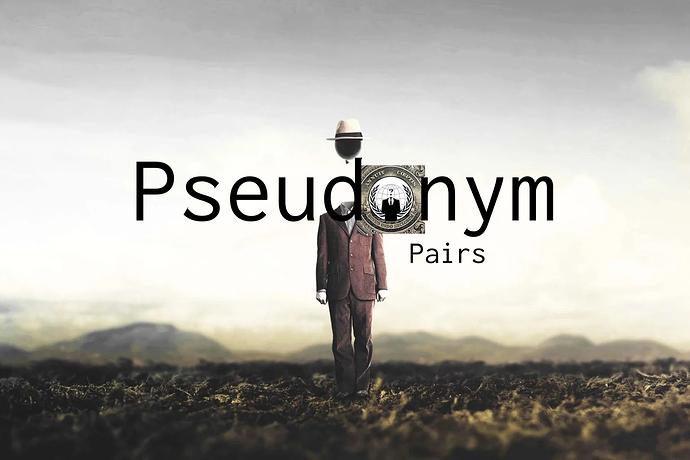Modern money is often called ‘fiat’ money. The Latin word fiat means ‘let it be’; most money is essentially spoken into existence by banks when they issue loans. It exists as a set of entries in the bank’s ledger: a credit on the borrower’s account and a debit on the bank’s account. This affords banks an immense amount of power over the supply and flow of money.
Mutual credit works similarly from an accounting perspective, but has vastly different consequences for an economy. Each party in the system has their own single ledger that records every exchange they’ve participated in. When two parties agree to exchange something of value, the buyer’s account is debited and the seller’s account is credited by the same amount.
Negative and positive balances can be interpreted in a few different, complementary ways:
- A negative balance is a ‘debt’, but to the economy at large rather than to any individual. This interpretation is a somewhat negative framing, though, and not popular among mutual credit proponents.
- Stated in more positive terms, when they go into a negative balance, a buyer is creating their own money, backed by their promise to deliver future value to the economy.
- Conversely, in choosing to receive a credit from a buyer, a seller can be thought of as accepting the buyer’s money into the system on behalf of the entire economy. This credit then becomes a tradeable promise that anyone can redeem for goods and services that the initial buyer can offer.
Mutual credit tends to be appropriate for community currencies. Often, a local economy falls into a depression not because people don’t have goods and services to exchange, but because there aren’t enough units among them to facilitate trade. This is a major risk of bank-debt money: in controlling the supply, it creates a scarce money. This ends up confusing the money’s dual purposes as a measurement of value and a store of value, which causes supply to stagnate. Mutual credit, as a non-scarce currency, becomes simply a measurement of value.
Bank-debt money also comes with conditions: interest must always be repaid on a loan. That means there will never be enough money in the system, because the bank always asks for more than it’s given. This causes people to either extract value from other places, resulting in ‘externalities’ such as econological destruction and poverty. Mutual credit typically does not carry interest, which keeps value within the system.
Holochain is a great match for building mutual credit currencies because each agent carries their own ‘source chain’, a ledger of actions that they’ve taken. Its local-first design, in which each participant contributes their own computing power and communicates directly with other participants, makes it suited for community currencies, especially in communities that can’t afford server maintenance expertise.



